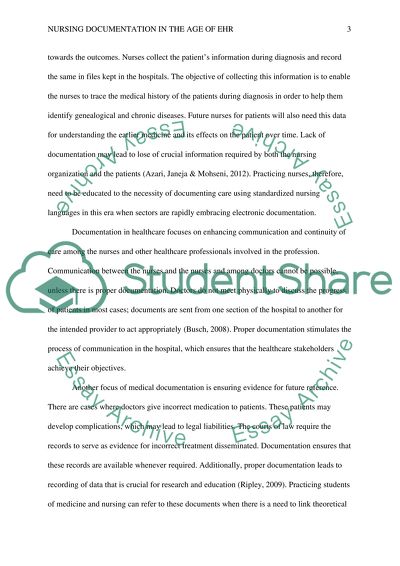Cite this document
(“Nursing Documentation in the Age of the Electronic Health Record Research Paper”, n.d.)
Retrieved from https://studentshare.org/nursing/1485904-nursing-documentation-in-the-age-of-the-electronic
Retrieved from https://studentshare.org/nursing/1485904-nursing-documentation-in-the-age-of-the-electronic
(Nursing Documentation in the Age of the Electronic Health Record Research Paper)
https://studentshare.org/nursing/1485904-nursing-documentation-in-the-age-of-the-electronic.
https://studentshare.org/nursing/1485904-nursing-documentation-in-the-age-of-the-electronic.
“Nursing Documentation in the Age of the Electronic Health Record Research Paper”, n.d. https://studentshare.org/nursing/1485904-nursing-documentation-in-the-age-of-the-electronic.


